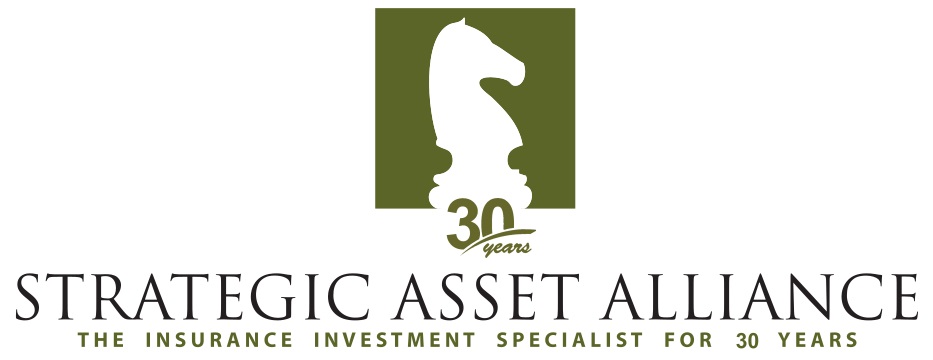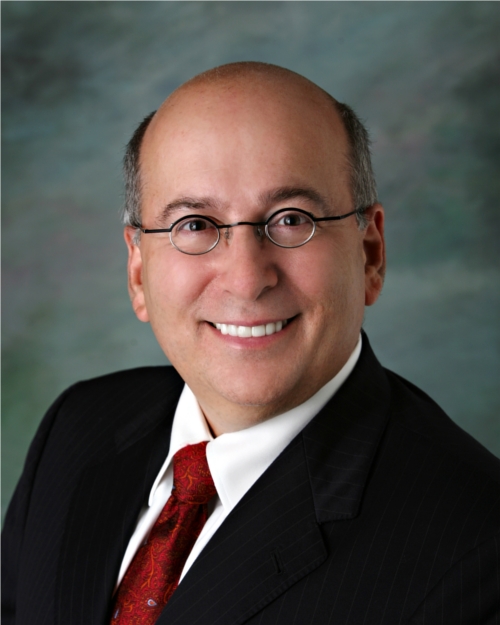The Case for High Yield in Insurance Company Portfolios:
2H23 & 2024
We spoke with Muzinich & Co. for an update on the high-yield bond market, trends in the asset class for insurers, what insurance companies might want to consider when allocating to the asset class, as well as expectations into 2024.
Samuel Zona
| Director – Business Development, North America |
Muzinich & Co., Inc.
szona@muzinich.com | www.muzinich.com
Marcus Vanberkel | Director – Business Development, North America
|
Muzinich & Co., Inc.
mvanberkel@muzinich.com | www.muzinich.com
SAA: The High-Yield bond market has had a stellar run YTD, do you expect that run to continue or tail off going into the second half of 2023?
Muzinich:First half returns were driven by the strong carry the market presented to start the year (~8.9%), as well as spread tightening (482bp down to 422bp). These impacts were offset partially by higher rates, particularly at the front-end. We are cognizant of slowing economic activity and rising defaults, but the tight labor market is enabling broader economic resilience, thereby pushing out/eroding recession risks. Companies have been able to address near-term maturities and, therefore, we expect defaults to remain below historical averages over the next 12 months.
While the demand picture is uncertain, relief on cost and supply chain pressures could spur an improving earnings outlook. Near 15-month tights, we see limited opportunity for further spread tightening, but similarly think abating inflation and a softening economy will allow the Fed to pause and keep rates in check. As such, we believe a carry market for 2H23 is a real possibility, and with rates still hovering in the mid 8%-area this could still correspond to healthy HY returns albeit likely a bit less robust that 1H23.
SAA: How have insurers’ exposure to US High-Yield responded to the state of the asset class?
Muzinich: Generally speaking, insurers have held their High Yield exposure steady, taking the opportunity to reinvest in high grade fixed income at higher rates given current market dynamics. However, looking at 2022 year-end statutory filings, we do observe that 40 insurance companies increased their allocation to high yield bonds by at least 1% in 2022, and we expect that trend to continue.
Given that High Yield is a shorter duration asset class than many investment grade sectors, we believe that insurers have taken advantage of higher spreads and less interest rate sensitivity with High Yield. Additionally, we continue to see insurers focus on the BB/B part of the asset class, recognizing the opportunity to lock in higher yields (~8%) which have historically compensated investors well in the event of stress in the sector.
Our view is that the broad High Yield index should be able to withstand any further significant moves higher in interest rates and/or credit spreads, while still generating a positive return, largely driven by the higher starting yields in today’s market (over 8%). Long term focused investors such as insurers typically understand the benefits of holding allocations steady and/or increasing allocations to the asset class when yields are at this level, especially given the lower interest rate sensitivity of High Yield bonds which were able to outperform their longer duration, Investment Grade Bond counterpart during the Fed’s recent hiking cycle.
SAA: What attributes of the asset class (i.e. issuance, defaults) should insurer’s continue to be mindful of as they consider their exposure to US HY?
Muzinich: While High Yield is considered a below-investment grade asset class, we believe there are many attributes of the High Yield market that justify an allocation from insurance companies. The overall asset class is split predominantly into three credit quality buckets: BB, B, and CCC. Insurers typically allocate to High Yield utilizing a BB/B focused approach (BB’s are the highest rated, and CCCs are the lowest). In today’s environment, even with the rise in interest rates we have seen over the past few years, US BB High Yield bonds as a percentage of the overall High Yield market are near 20-year highs, while CCC High Yield bonds are near their 20-year lows. The overall composition of the US High Yield market is actually on an improving credit rating trajectory, while other US corporate credit markets are absorbing higher risk as measured by lower rated bonds in their asset class (i.e.: lower rated Investment Grade).
Given the protection of higher coupons, and the higher-quality / short-duration orientation of typical insurance allocations, we think default risk is lower than normal, and well-compensated. In addition, we believe the technical backdrop for the asset class is quite strong, as the High Yield Market is starved for paper. The High Yield market has only grown ~4% since 2016 compared to ~50% for US Investment Grade, so investors are not being overwhelmed by new issuance in the asset class. In fact, issuers only brought $5.9 billion across 10 deals to market in July, an amount that doesn’t even cover the average monthly coupon of the asset class of $6.5 billion.
While there may be some uncertainty in the broader economic outlook and defaults may increase (albeit they are still below historical averages), we believe that investors are being compensated in the asset class with yields over 8%. Finally, we believe another derivative of high base rates is an increased likelihood of rates and spreads being uncorrelated, or even negatively correlated, which may result in lower-than-average volatility for the asset class. For the insurance company balance sheet specifically, this may translate to a unique opportunity to earn higher than average returns with lower-than-average mark-to-market risk.
SAA: How will your expectations from the Fed to close 2023 (and into 2024) affect the broad US HY market in the intermediate future?
Muzinich: We believe the Fed is at or nearly complete on the current hiking cycle. A more stable rate environment will remove the major headwind that’s restrained returns over the last 18 months. That said, even if we are wrong and another bout of inflation prompts the Fed to implement further hikes, the HY market has sufficient carry and relatively short duration, which will cushion the negative impact on returns (similar to what occurred in 1H23). Fundamentally, we expect higher rates to negatively impact interest coverage ratios in the coming quarters, as rate hedges roll off and debt maturities are refinanced at current market levels. However, we believe these ratios will remain around pre-pandemic averages (3.5-4x) and that companies will offset with lower capex and shareholder returns to keep broader cash flow and leverage metrics healthy.
SAA: As many insurers are balancing short-term pains/gains v. the longer-term view of their portfolio, how should insurers consider high-yield bonds in this regard?
Muzinich: When looking at total insurance industry allocations to non-investment grade fixed income, roughly 5% of industry invested assets across P&C, Life and Health insurers are allocated to High Yield Bonds. While it is evident that we are in an uncertain economic environment, long term investors should recognize that when High Yield Bonds have a yield-to-worst which exceeds 8% as they do now, investors have been typically rewarded by staying invested in the asset class. It may also be prudent for insurers to consider correlation benefits of the asset class. When looking at Short Duration High Yield, for example, the asset class exhibits a long-term 0.10 correlation to Investment Grade bonds.
From a correlation and asset class perspective, this low correlation can help increase risk-adjusted return over a long horizon by diversifying Investment Grade focused portfolios. In addition, Short Duration High Yield exhibits a historical +300 basis point premium to Investment Grade bonds, allowing for increased income and return, while potentially reducing overall risk to an insurance portfolio considering the diversification benefits. Finally, 8% starting yields in high yield is in-line with long-term equity returns. With a high yield allocation today, investors may have the opportunity to earn equity-like returns with a fraction of the drawdown risk.Muzinich views and opinions as of August 8, 2023 and should not be construed as an offer to buy or sell any securities. For informational purposes only.
Source: Strategic Asset Alliance, Muzinich & Co., Inc. The information contained herein has been obtained from sources believed to be reliable, but the accuracy of information cannot be guaranteed.

